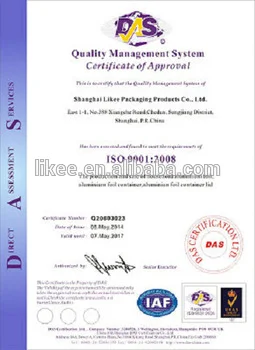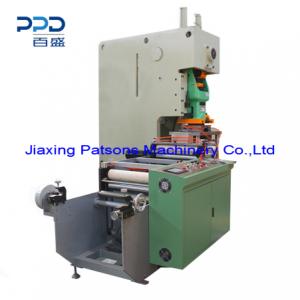Which side should you place the aluminum foil on? Is non-stick aluminum foiling a good choice? Why is it not recommended to use aluminum foil with acidic foods? This article answers all your questions about aluminum foil. Now that there is low aluminum foil container machine price you can come up with the best choices for the same.
Plain aluminum foil

Aluminum foil is aptly named: it is made up of 98.5% aluminum mixed with a little iron and silicon. To make it, an aluminum plate is pressed between two steel rollers, to the desired thickness.
Some Uses: baking
Aluminum foil is very heat resistant: no need to worry that it will burn or catch fire. Like parchment paper, it can be used to cook in foil and to line the baking sheets. Aluminum foil can also be used to cover food in the oven to prevent it from browning too much. However, it should not be used in the microwave.
Storage
Aluminum foil is an excellent barrier against humidity, air and light. In addition, it conforms well to the shape of food and containers. It is therefore useful for packing and storing food. For freezing, use very heavy duty aluminum foil or non-stick aluminum foil. Make sure to tighten the paper securely around the food.
Non-stick aluminum foil
The non-stick aluminum foil has the particularity that one of its sides is coated with a non-stick substance. These nonstick aluminum foils are a little more expensive, but they are worth the cost. Nothing sticks to it, not even the melted cheese.
Which side should you place the aluminum foil on?
Contrary to popular belief, the shiny side does not reflect heat radiation more than the semi-shiny side. Putting the shiny side outwards or inwards does not have a great influence on the speed of cooking. The difference, if there is one, would be limited to a few seconds.
Aluminum and stainless steel do not mix well.
Sometimes when an acidic food e.g. tomato sauce or lasagna is stored in a container made of a metal other than aluminum e.g. stainless steel and the container is covered with aluminum foil, it can literally dissolve on the surface of the food after prolonged contact. What is going on? It is an electrolytic reaction, that is to say an ion exchange between the metal of the bowl and the aluminum foil, exchange which is facilitated by the acids and the salts present in the food. This reaction does not occur if the container is made of glass, plastic or aluminum or if the paper is not in direct contact with the surface of the food.
The containers in which we cook are made of various materials. A brief overview of these materials have their advantages but also their disadvantages.
Aluminum
Good heat conductor, not too expensive to buy, fairly easy to maintain, aluminum is an interesting tool. The only small weakness in this enchanting painting, being a soft metal, the aluminum containers can prove to be fragile. It is for this reason that if you choose this kind of utensils, we recommend that you choose those that are coated with a non-stick. Thus, the food will no longer stick to the bottom and your containers will be more effective and you will keep them in better condition. On the health side, some American associations are campaigning loud and clear against the use of aluminum. The reason, this action could have points in common with Alzheimer’s disease.
